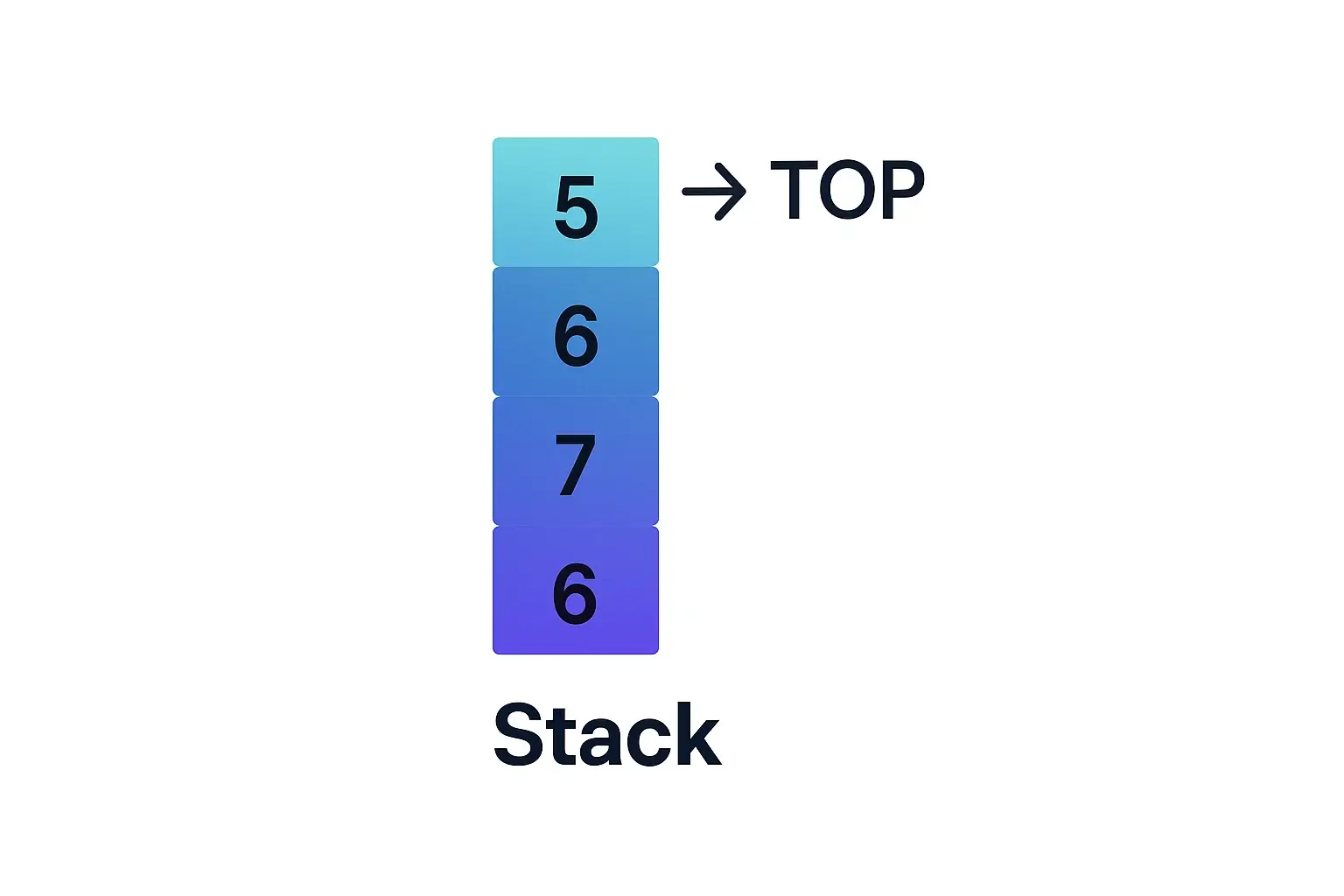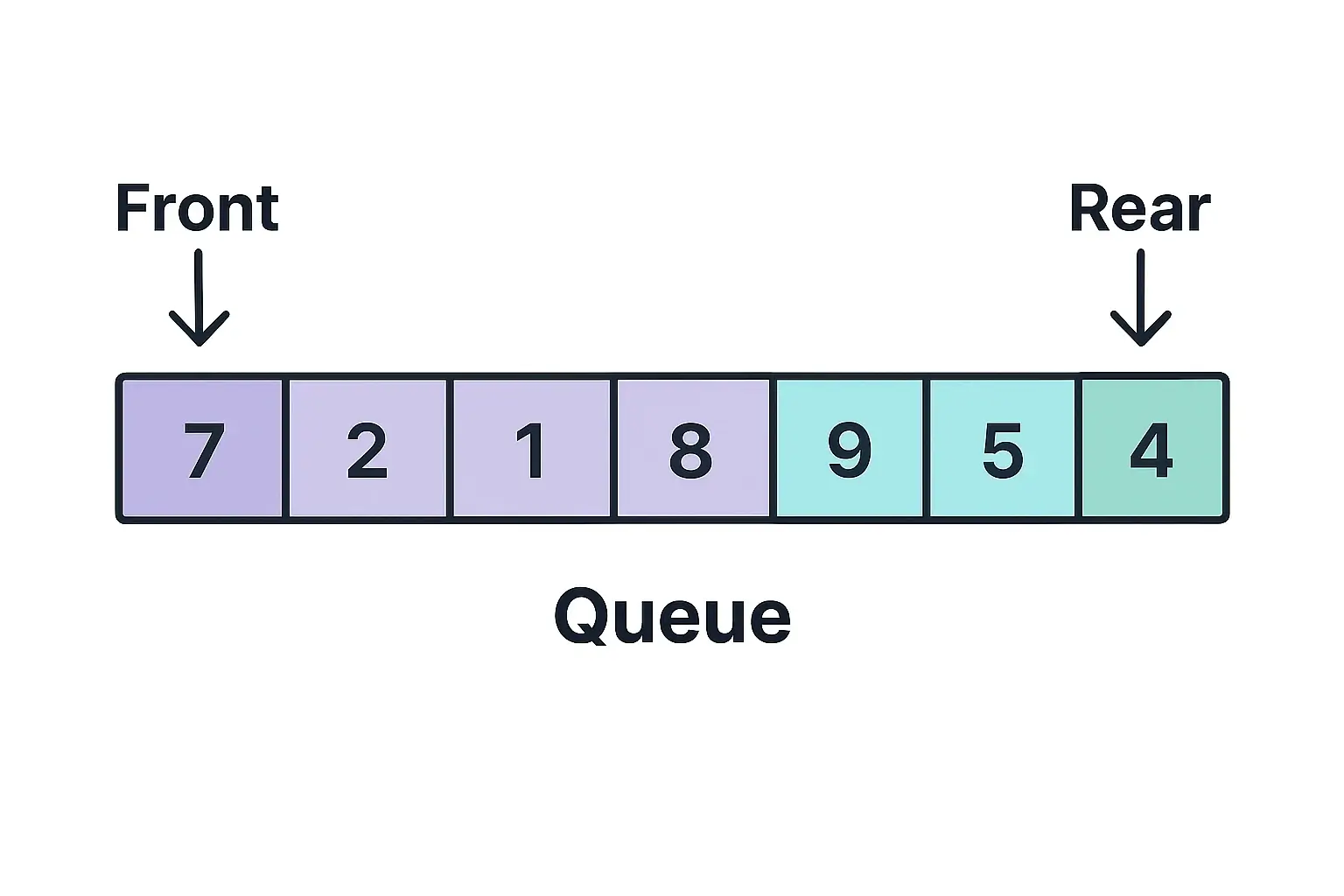Data structures are the building blocks of efficient software and algorithms. They determine how data is organized, stored,and accessed within a computer’s memory. A well-chosen data structure can drastically improve a program’s performance,making it faster, more scalable, and easier to maintain. Whether you’re a developer, data scientist, or simply interested in how computers work, understanding data structures is essential.
Table of Contents
Why Data Structures Are Fundamental
- Efficient Data Organization: Data structures provide a framework for logically arranging data. This organization allows for efficient storage, retrieval, and manipulation of information, which is crucial when dealing with large and complex datasets.
- Optimized Algorithms: Data structures and algorithms go hand in hand. The choice of data structure directly impacts the design and performance of algorithms used to process that data.
- Improved Program Performance: Choosing the right data structure can dramatically speed up operations like searching, sorting, and inserting data, leading to faster and more responsive applications.
- Reduced Memory Consumption: Data structures can be optimized for specific use cases, minimizing the amount of memory needed to store and process data.
Categorizing Data Structure

- Primitive Data Structures: These are the basic building blocks, such as integers, floating-point numbers, characters, and booleans. They represent single data values and are directly supported by hardware.
- Non-Primitive Data Structures: These are more complex structures built upon primitive data types. They are further classified as:
- Linear Data Structures: Elements are arranged sequentially, with each element having a unique predecessor and successor (except for the first and last). Examples include arrays, linked lists, stacks, and queues.
- Non-Linear Data Structures: Elements are not arranged sequentially, and relationships between elements can be more complex. Examples include trees and graphs.
Essential Linear Data Structure
Arrays: Simple and efficient for storing a fixed-size collection of elements of the same type.
Linked Lists: Flexible and dynamic, allowing for efficient insertion and deletion of elements at any position. Can be singly linked (each node points to the next), doubly linked (each node points to the next and previous), or circular.

Stacks: Last-In, First-Out (LIFO) structures. Ideal for tasks like function call management, expression evaluation,and undo/redo functionality.

Queues: First-In, First-Out (FIFO) structures. Used for managing waiting lines, scheduling tasks, and handling data buffers.

Powerful Non-Linear Data Structure
Trees: Hierarchical structures with a root node and child nodes. Ideal for representing hierarchical relationships,such as file systems and organization charts.
Graphs: Collections of nodes (vertices) connected by edges. Used for modeling networks, relationships between entities, and solving pathfinding problems.

Key Operations on Data Structure
- Insertion: Adding new data elements.
- Deletion: Removing existing data elements.
- Traversal: Accessing and processing each element in the data structure.
- Searching: Finding specific elements based on certain criteria.
- Sorting: Arranging elements in a particular order (ascending or descending).
- Merging: Combining two or more data structures into one.
Real-World Applications
- Databases: Data structures like B-trees and hash tables are used for efficient indexing and retrieval of records.
- Operating Systems: Queues and stacks are used for process scheduling, memory management, and interrupt handling.
- Network Protocols: Linked lists and trees are used for routing data packets and organizing network topologies.
- Artificial Intelligence: Graphs, trees, and other data structures are used in search algorithms, knowledge representation, and machine learning models.
FAQs: Data Structure
Q: Which data structure should I use for a particular task?
A: The choice depends on the nature of your data and the operations you need to perform most frequently. For instance, if you need fast search and insertion/deletion at arbitrary positions, a linked list might be suitable. If you need fast access to elements by index, an array might be a better choice.
Q: How do I learn more about data structures?
A: Start with the basics of arrays and linked lists, then move on to more complex structures like trees and graphs. There are numerous online courses, tutorials, and books available on the topic.
Q: Why is the study of data structures important for programmers?
A: Understanding data structures is crucial for designing efficient and optimized software. It helps programmers make informed decisions about how to store and manipulate data, leading to better performance and resource utilization.